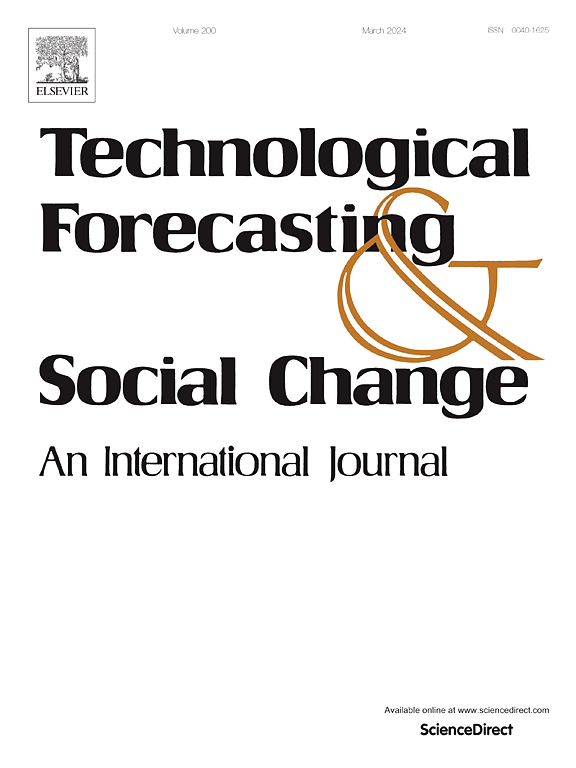Press to pay: The power of biometrics in financial transactions investigated by PLS-SEM, fsQCA, and NCA
IF 13.3
1区 管理学
Q1 BUSINESS
Technological Forecasting and Social Change
Pub Date : 2025-09-24
DOI:10.1016/j.techfore.2025.124365
引用次数: 0
Abstract
The financial sector is undergoing rapid transformation driven by technological innovation and the digitization of financial transactions. Biometric Payment Cards (BPCs) represent a disruptive solution that combines traditional payment methods with biometric authentication—primarily through fingerprints—to improve security and the user experience. This study explores the adoption of BPCs using an integrated theoretical framework that combines the Unified Theory of Acceptance and Use of Technology 2 (UTAUT2), Perceived Risk Theory (PRT), and Trust Theory (TT). Data were collected from 342 users a tripartite approach using Partial Least Squares Structural Equation Modelling (PLS-SEM), fuzzy-set Qualitative Comparative Analysis (fsQCA), and Necessary Condition Analysis (NCA). The results reveal that effort expectation is the strongest positive predictor of adoption, followed by trust and hedonic motivation, while perceived risk acts as a significant inhibitor. The fsQCA analysis identifies multiple sufficient configurations—such as high trust combined with low perceived risk—that lead to high usage intention, and the NCA confirms that trust is a necessary condition. These findings contribute to both theory and practice by integrating linear and configurational approaches to technology adoption. In practical terms, the study highlights the importance of simplifying user interfaces, improving biometric reliability, and fostering user trust to promote widespread adoption of biometric payment technologies.
按下支付:生物识别技术在金融交易中的作用,由PLS-SEM, fsQCA和NCA调查
在技术创新和金融交易数字化的推动下,金融行业正在经历快速转型。生物识别支付卡(bpc)代表了一种颠覆性的解决方案,它将传统支付方式与生物识别认证(主要通过指纹)相结合,以提高安全性和用户体验。本研究采用了一个整合的理论框架,该框架结合了技术接受与使用统一理论2 (UTAUT2)、感知风险理论(PRT)和信任理论(TT),探讨了bpc的采用。采用偏最小二乘结构方程建模(PLS-SEM)、模糊集定性比较分析(fsQCA)和必要条件分析(NCA)三种方法收集了342名用户的数据。结果表明,努力期望是采用的最强正向预测因子,其次是信任和享乐动机,而感知风险是显著的抑制因子。fsQCA分析确定了多个充分配置,例如高信任与低感知风险相结合,从而导致高使用意图,NCA确认信任是必要条件。这些发现对理论和实践都有贡献,通过整合线性和配置方法来采用技术。实际上,该研究强调了简化用户界面、提高生物识别可靠性和培养用户信任的重要性,以促进生物识别支付技术的广泛采用。
本文章由计算机程序翻译,如有差异,请以英文原文为准。
求助全文
约1分钟内获得全文
求助全文
来源期刊
CiteScore
21.30
自引率
10.80%
发文量
813
期刊介绍:
Technological Forecasting and Social Change is a prominent platform for individuals engaged in the methodology and application of technological forecasting and future studies as planning tools, exploring the interconnectedness of social, environmental, and technological factors.
In addition to serving as a key forum for these discussions, we offer numerous benefits for authors, including complimentary PDFs, a generous copyright policy, exclusive discounts on Elsevier publications, and more.

 求助内容:
求助内容: 应助结果提醒方式:
应助结果提醒方式:


